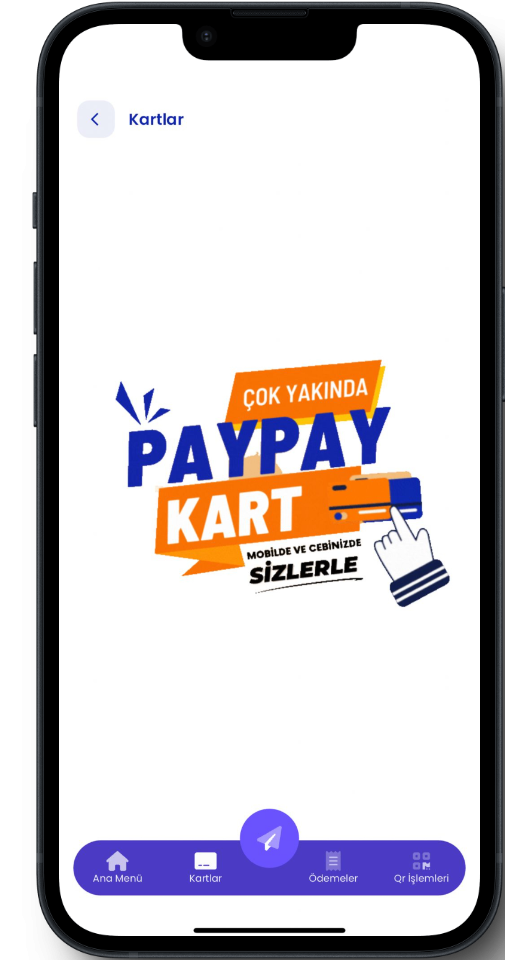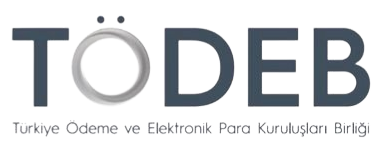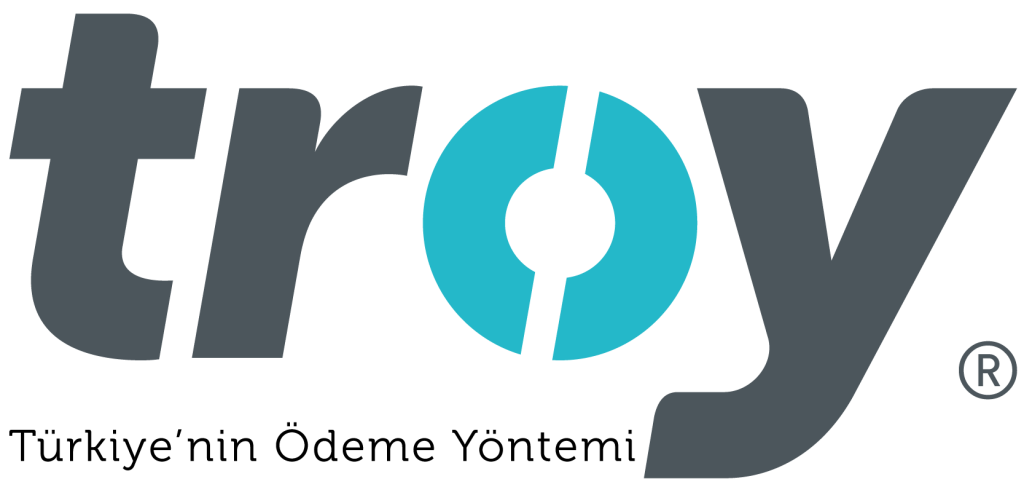Identifying quantitative and qualitative consumer insights throughout the concept and product development process identifies the problems people really need to solve and the real gaps and opportunities in the market. The odds of gaining market share with a new product or service increase exponentially with market research.
Market research in five key stages improves the product development process. There are also some questions that you should ask yourself and be able to answer in this process.
Concept Development: Identify Consumer Wants, Needs and Priorities
Listening to consumers provides a wealth of awareness to improve product performance and often identifies opportunities to innovate and create new concepts or product lines to meet a real need in the market.
Market research before, during and after concept development explains consumer behaviour and benefits from insights from real people about
- Lifestyle and Values
- Usage Behaviour, Wants, Needs and Desires
- Personality, Preferences, Interests, Likes and Dislikes
- Product or Service Consumption Behaviour
- Media Consumption Behaviour
- Price Perceptions and Purchase Intention
- Shopping Behaviour and Spending Habits
Business Case: Identify Risks and Define Market Share
Market research and concept testing significantly reduces the risks associated with new product development by assessing the competitive environment and viability of a concept based on feedback from real consumers.
Testing a concept with consumers using a simple prototype or illustrated mock-up is an economical way to build the business case for new product development.
- What real consumer problem does our product or service solve and is there an existing category for this concept?
- How big is the problem and what is the market size and potential sales volume?
- Who needs to solve this problem and how competitive is the market?
- What do consumers say they want or need to solve this problem and what will drive them to buy our solution?
- How are consumers currently trying to solve this problem and what is the minimum and maximum amount they are willing to pay for a different solution?
- What will it cost to develop and launch this product and what is our projected break-even point?
- Do we have the financial, technical and human resources to enter the market with this product and support growth if it exits?
Product Development: Identify Drivers and Improve Product Performance
During product development, market research can identify and address the bugs and performance issues that often delay or derail product launches. Consumer insights can reveal ways to differentiate a product or service from competitors and fix what annoys people.
Testing prototypes before they go into production can improve the product or service and determine whether there is a viable market for a new product or service.
- Does the product meet the needs and wants of consumers?
- Who will buy our product and at what price?
- Do consumers use the prototype as intended or do they find workarounds?
- What problems do consumers face with the prototype and what can we do to make the product or service more relevant to consumers?
- What will drive consumers to buy our product or service and differentiate our solution from competitors?
- What does the consumer shopping category look like in this brand category and which marketing mix will reach the target audience?
Product Launch: Optimise Product Positioning, Pricing and Promotion
As a result, a successful product launch depends on consumer behaviour. Businesses gain a competitive advantage when they rely on market research and consumer insights to define product positioning, pricing and promotion strategies.
Market research conducted before a new product launch answers key questions that can avoid delays and optimise marketing strategies.
- Will our target audience buy our product or service at our price?
- Can consumers easily grasp the problem this product or service solves and use it for its intended purpose? Or are additional improvements or consumer education needed to prepare for the product launch?
- Do we have research to substantiate our product claims and do consumers believe that our labelling is accurate and relevant?
- Are our brand ideology and company reputation aligned with the values and priorities of target consumers?
Product Lifecycle: Improve Product Performance and Market Share
Listening to customer feedback is one of the most effective ways to continue to evaluate and improve a product throughout its life cycle. Market research provides insights into consumer behaviour to support strategic decisions and opportunities to refresh and improve product lines.
- What are the priorities of our customers and are we above their expectations? What can we do better?
- What problems do consumers face and what can we do to solve their problems?
- Do people find workarounds when they use our product? What can we do to fulfil their wants and needs?
- Is there a need or opportunity to offer a different product or service to fulfil this need?









